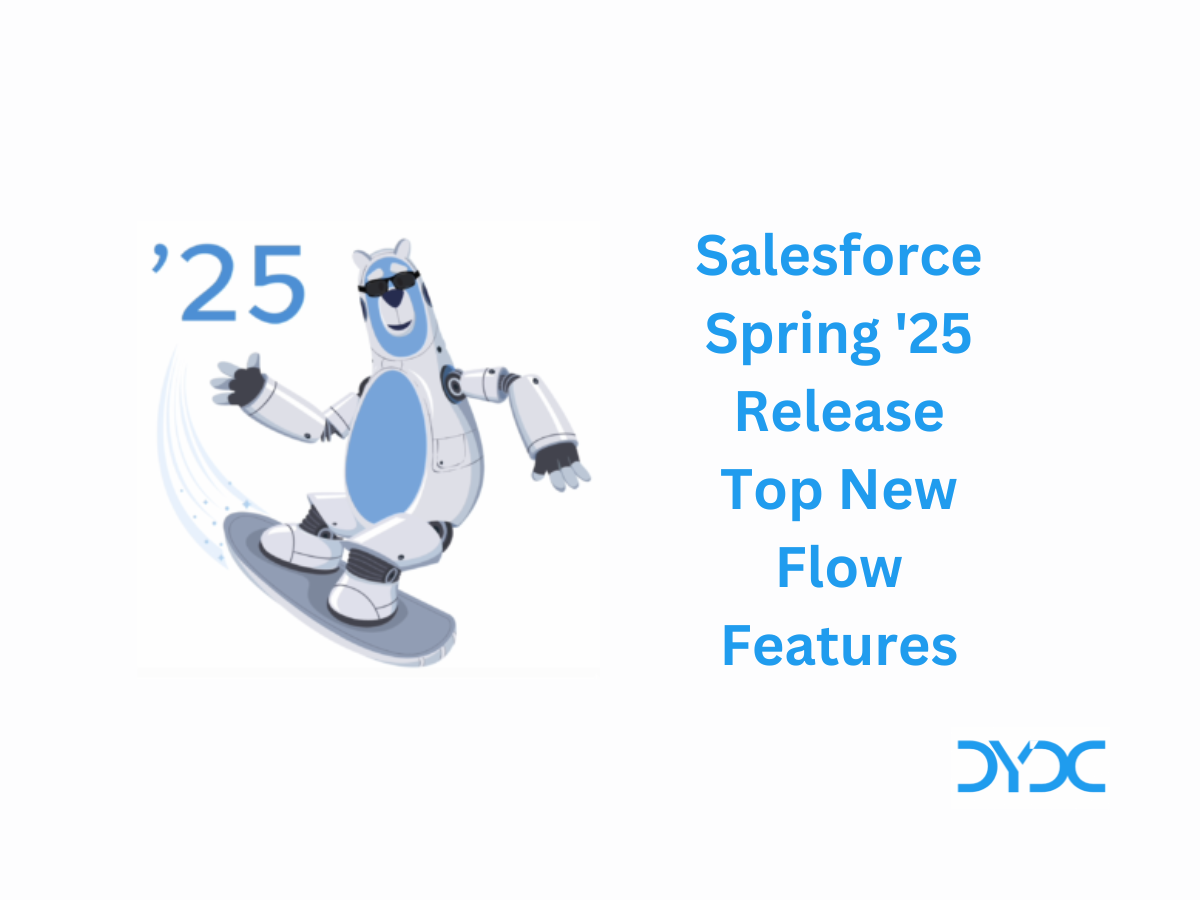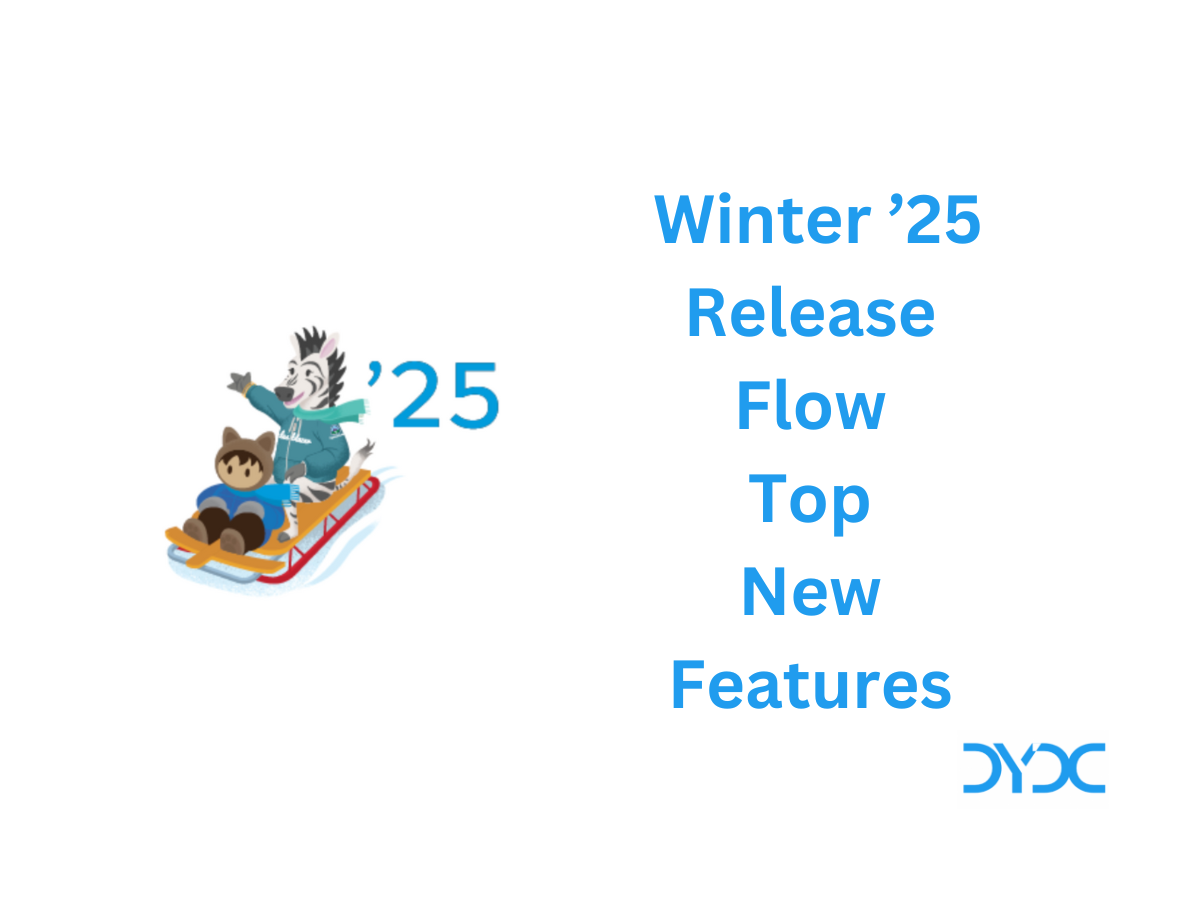Collaborative Coding with Git: Best Practices for Team Dynamics.
70% of developers use Git as their primary version control system. This dominance begs the question: why is Git so popular, especially for collaborative projects? The answer lies in its ability to revolutionize collaboration.
Imagine several developers working on the same code simultaneously without fearing conflicting changes. Git facilitates this, boosting efficiency and productivity.
This article will explore the essentials of collaboration with Git. You’ll create repositories, branch, merge code, and resolve conflicts, and by the end, you’ll be proficient in using Git for seamless collaboration.
Setting Up for Success
Laying a strong foundation is key to mastering Git. This involves grasping the essentials, establishing a smooth workflow, and selecting the perfect remote repository.
First things first, ensure your team is equipped. Install Git on everyone’s machines and configure user information for accurate commit tracking. For enhanced security, consider setting up SSH keys for authentication.
You can download Git here for Windows, macOS, and Linux/Unix.
Next, streamline your collaboration with a Git workflow. Popular options include Gitflow and the feature branch workflow. Gitflow utilizes dedicated branches for features, releases, and bug fixes. In contrast, the feature branch workflow creates individual branches for each feature, simplifying management and review before merging into the main codebase.
Finally, select and configure your remote repository, the home for your shared code. Popular choices like GitHub, GitLab, and Bitbucket offer features like code review, issue tracking, and collaboration tools.
Setting up a remote repository involves creating one on your chosen platform and linking your local Git to it. This enables seamless change pushing and pulling between team members.
Best Practices for Team Dynamics
Best practices for team dynamics can significantly enhance the productivity and success of any group or organization. Effective teamwork relies on several key principles and strategies that promote collaboration, communication, and mutual respect among team members. By implementing these best practices, teams can foster a positive and cohesive working environment, leading to improved performance and goal achievement.
- Defined roles & responsibilities: Assign clear roles and expectations to each team member. This fosters ownership and accountability and ensures everyone contributes effectively towards shared goals.
- Open & effective communication: Through regular meetings, brainstorming sessions, and status updates, foster open communication. Encourage team members to participate, share ideas, and raise concerns actively. Utilize shared platforms to streamline communication and ensure information transparency.
- Positive & supportive culture: Cultivate an inclusive and collaborative environment by valuing diverse perspectives and encouraging constructive feedback. Foster a space where team members feel comfortable expressing ideas, seeking help, and supporting their peers.
Communication Strategies
Clear communication is the glue that binds successful teams. It minimizes misunderstandings, conflict, and delays, paving the way for effective collaboration and project completion.
- Listen actively: focus on the speaker, ask clarifying questions, and summarize key points. This fosters engagement, open dialogue, and trust.
- Speak clearly: avoid jargon and complexity. Use concise language everyone understands to facilitate decision-making.
- Embrace the right tools: Utilize project management software, instant messaging, and video conferencing for real-time and remote communication. These tools keep everyone informed, aligned, and on track.
- Meet regularly. Scheduled meetings ensure everyone is on the same page, addressing concerns and aligning efforts toward common goals. By prioritizing clear communication, you build a stronger, more successful team ready to conquer any challenge.
Role Assignment and Management
Define team positions – project manager, developers, testers – and outline expectations for each. This creates structure and clarity, allowing everyone to understand their contributions and streamline task distribution. Match the right person to the right role.
Consider skills, expertise, and interests when assigning roles. This ensures effective contribution from everyone and fosters individual growth.
Communication is key. Hold regular meetings to discuss progress, challenges, and upcoming tasks. This keeps everyone aligned and facilitates collaboration between roles, enabling timely decisions.
Empower your team. Offer mentorship, training, and resources to help them excel. Recognize and appreciate individual and team achievements to boost morale and motivation. You build a robust and successful team that achieves its goals by mastering role assignment and management.
Coding Standards and Style Guides
Having consistent code is not a fad but a necessity. It boosts readability and maintainability, making code easier to understand and modify now and in the future. This saves time and reduces errors, leading to cleaner, higher-quality code.
Imagine a large project with multiple developers. Consistent coding, like a shared language, ensures everyone writes code that integrates seamlessly. Think “one codebase, one voice”, even with diverse contributors.
Enforcing consistency is easy. Use code editors, integrate style checks into your build process, and leverage code reviews and pair programming. Let the code speak for itself, clearly and consistently.
Effective Use of Branching and Merging
Effective branching and merging is essential for the smooth management of team projects. Branching allows team members to work on separate features or bug fixes without disturbing the main codebase.
Here are some best practices for creating, naming, and managing branches:
- Create feature branches: Each new feature or bug fix should have its branch, isolating the changes from the main branch. This makes it easier to track progress, review changes, and revert if needed.
- Use descriptive branch names: Name branches with a clear and concise description of the feature or bug fix they represent. This helps team members quickly understand the branch’s purpose.
- Keep branches short-lived: Branches should have a limited lifespan and be merged back into the main branch once the work is complete. Long-lived branches can lead to conflicts and make merging changes from other team members difficult.
When it comes to merging strategies and handling conflicts, consider the following tips:
- Regularly merge changes from the main branch: To minimize conflicts, team members should merge changes from the main branch into their feature branches. This ensures that their work is up to date.
- Resolve conflicts collaboratively: Merge conflicts can occur when two or more branches have made conflicting changes to the same file. When conflicts arise, collaborate with team members to resolve them, ensuring that all changes are incorporated correctly.
- Use pull requests for code review: Pull requests allow team members to review and discuss proposed changes before merging them into the main branch. This helps maintain code quality and catch any potential issues early.
Managing Conflicts and Setbacks
Teamwork: a crucible where diverse personalities and approaches clash. Differences in opinions, priorities, communication gaps, or personal conflicts can hinder productivity and team spirit. But fear not, for effective conflict resolution is the key to forging a harmonious and productive team environment.
Misunderstandings can create friction. It is essential to foster open communication by encouraging team members to voice concerns and ideas. This builds understanding, bridges the gap between perspectives, and ultimately helps find common ground.
Differing styles can be a strength, not a weakness. Embrace diverse perspectives and encourage collaboration. By leveraging each member’s strengths, you can prevent conflicts arising from differing approaches and foster a more innovative and effective team.
Regular communication and coordination with team members are essential for a smooth merging process. Utilize version control tools effectively, set clear guidelines for code commits, and conduct regular code reviews to prevent conflicts in the first place. When conflicts arise, open and honest discussions with involved team members, seeking compromises, and utilizing automated merging tools can help resolve them efficiently.
A proactive approach is critical. Encourage respect and empathy within the team. Actively listen to concerns and address them constructively. Involving a neutral third party, such as a project manager or team lead, can also facilitate productive discussions and finding agreeable solutions.
Advanced Git Techniques for Collaboration
Advanced Git Techniques for Collaboration include utilizing Git hooks, leveraging Git submodules and subtrees, and understanding the best practices between Git rebase and merge.
Git hooks are scripts that are run automatically when certain actions occur in a Git repository. They can be used for automation and enforcement of rules. For example, a pre-commit hook can be used to run automated tests before allowing a commit to occur, ensuring code quality and preventing broken code from being added to the repository.
Git submodules and subtrees help manage dependencies. They allow you to include another Git repository as a subdirectory within your repository. This can be helpful when you have code shared between multiple projects or want to include a specific version of a library.
Understanding the difference between Git rebases and merge is crucial for maintaining a clean history. Git rebase allows you to integrate changes from one branch onto another by linearly replaying the commits. This results in a cleaner commit history but can cause conflicts if not done carefully.
On the other hand, Git merge combines multiple branches into one, creating a merge commit. This preserves the individual branch histories but can result in a more cluttered commit history.
Tools and Integrations to Enhance Collaboration
Git, the popular version control system, forms the foundation for effective collaboration in software development projects. To enhance collaboration, certain tools and integrations can be employed.
Advanced Techniques:
- Git Hooks: Automate tasks like code quality checks before commits, ensuring clean code.
- Git Submodules: Manage dependencies smoothly by integrating external code seamlessly.
- Rebasing vs. Merging: Understand the trade-offs for a clear and maintainable codebase.
Collaboration Powerhouse Tools:
- Project Management: Jira, Trello, Asana (seamless task management & codebase interaction)
- CI/CD Pipelines: Jenkins, Travis CI, CircleCI (automated testing & deployment for faster feedback)
- Real-time Collaboration: Slack, Microsoft Teams, Mattermost (share code, discuss issues, stay in sync)
When selecting the most beneficial tools for your team, consider several factors. The project’s complexity and the number of developers involved will determine the level of functionality needed.
Additionally, prioritize tools your team feels comfortable using, as familiarity fosters adoption and efficiency. Finally, ensure seamless communication between the chosen tools and your existing Git workflow for a smooth and integrated experience.
Final Word
Conquered Git fundamentals? You’re well on your way to version control mastery! Remember the golden rules: commit frequently, craft clear commit messages, and leverage branches effectively.
For those who want to deepen their understanding of Git, the official Git documentation offers comprehensive resources, while online tutorials and video courses provide hands-on learning opportunities.
Remember, Git is a living, breathing tool that is constantly evolving. Stay curious and adaptable, explore new features, and seek feedback to become a Git master. With dedication, you’ll transform this powerful tool into a key ingredient for successful collaboration and efficient project management.
Written By…

Gia Radnai is a SEO Content Manager at Empact Partners. She specializes in crafting compelling and informative content for MarketSplash.
Disclaimer: The views and opinions expressed in this article are solely those of the author and do not reflect the views of DineshYadav.com. DineshYadav.com does not endorse any of the third party organizations or applications mentioned in the article, including their legality, integrity, quality, accuracy or any applicable intellectual property rights.
Recommended Articles


